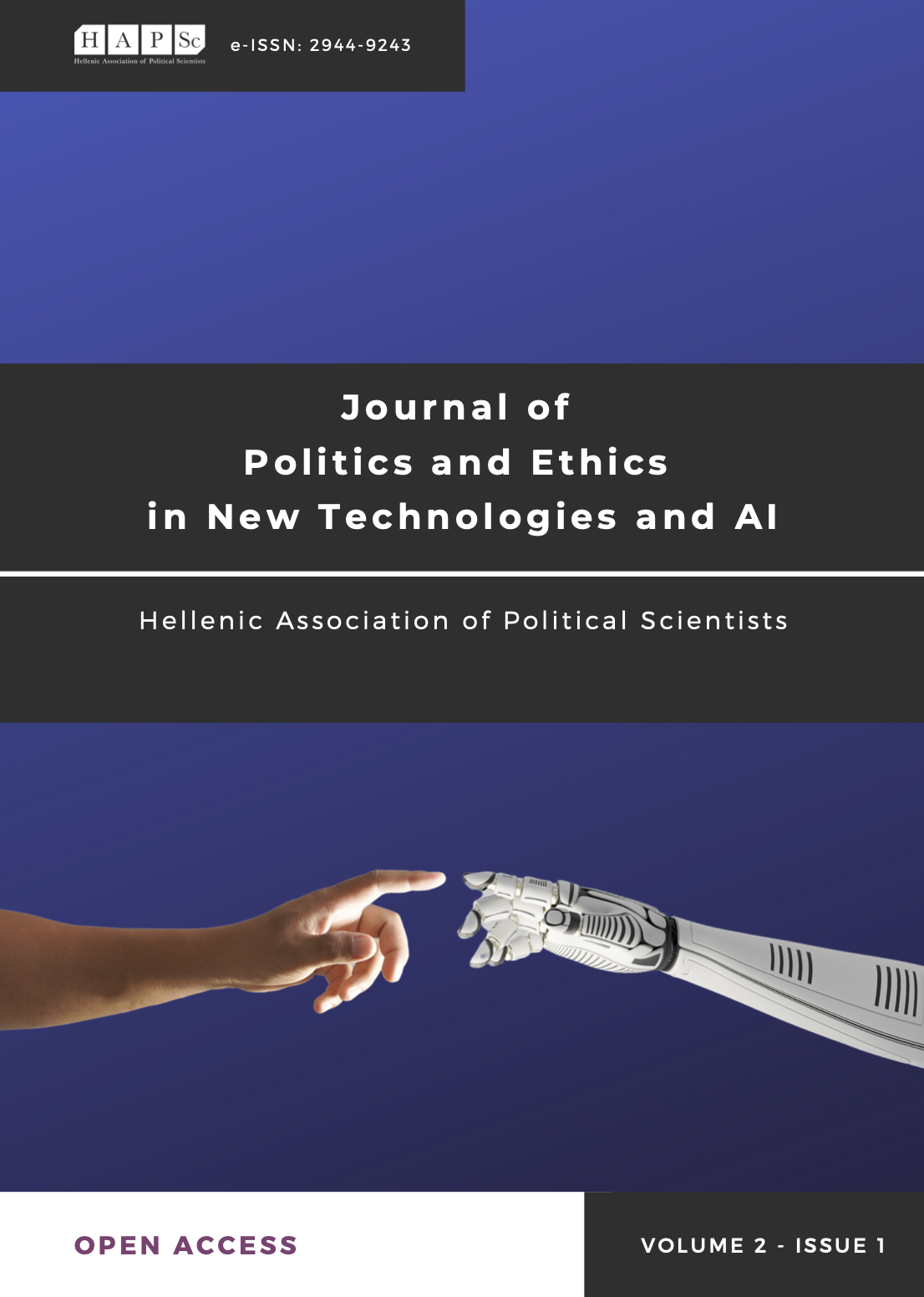Transforming Gambling Harm Reduction in Youth: Leveraging AI Language Models for Personalized Intervention and Prevention

Abstract
This article highlights the pressing issue of youth gambling addiction, with up to 20% of young individuals engaging in gambling activities, particularly online. With 6-9% of US youth facing gambling problems. This study explores how Large Language Models (LLMs) can enhance harm reduction by providing personalized support, early intervention, and education while respecting privacy. The article draws insights from a review of 45 studies. It was found that youth gambling addiction is a global issue exacerbated by technology and the pandemic. LLMs like GPT-4 offer promise in harm reduction by providing information and support. LLMs can provide vital insights, educational materials, and support for responsible gambling. The article acknowledges potential LLM risks and emphasizes a cautious approach. Recommendations include personalized interventions, online pop-ups, enhanced LLMs, ongoing research, multi-stakeholder collaboration, etc.
Article Details
- Section
- Research Articles

This work is licensed under a Creative Commons Attribution 4.0 International License.
Authors retain copyright and grant the journal right of first publication with the work simultaneously licensed under Creative Commons 4.0 (CC-BY 4.0) license, that allows others to share the work with an acknowledgement of the work's authorship and initial publication in this journal.





